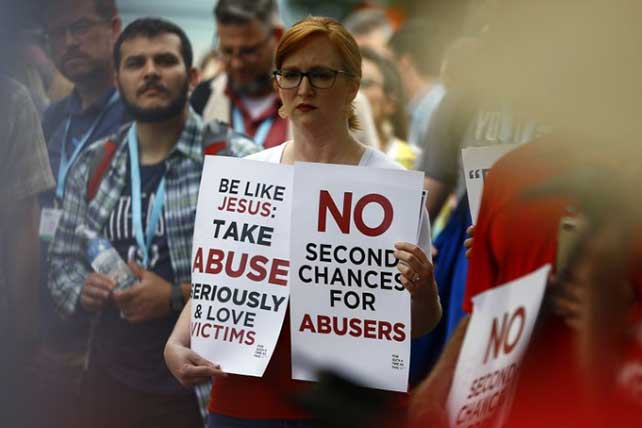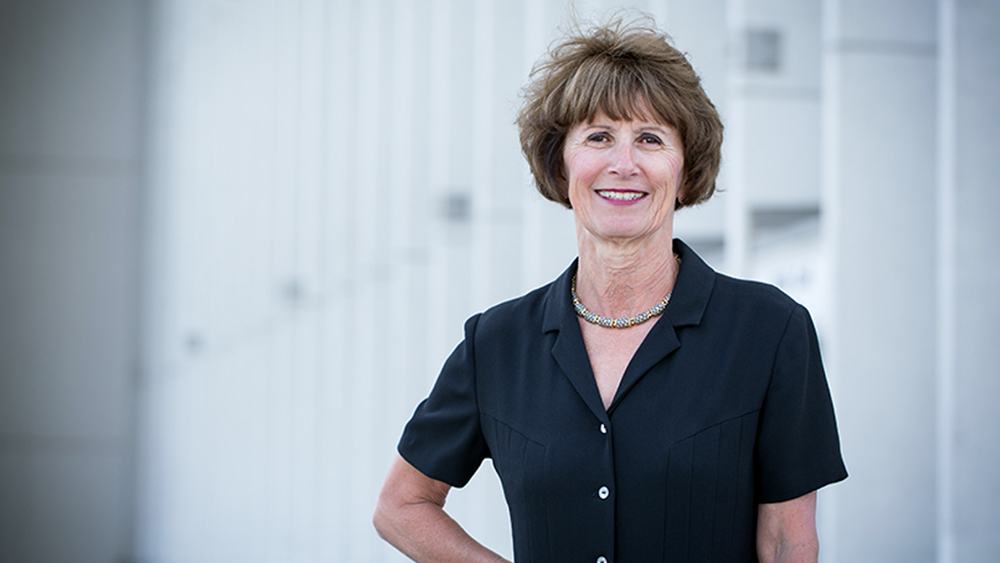(RNS) — Hollywood, the USA Gymnastics team, Penn State, the Boy Scouts: Sexual abuse has proved pervasive across institutions. And when it comes to faith groups, no creed, structure, value system or size has seemed immune.
“We’ve got to stop saying that could never happen in my church, or my pastor would never do that,” said David Pooler, a professor of social work at Baylor University who researches clergy-perpetrated sexual abuse of adults.
With more victims coming forward and more research done on abuse within religious contexts, the evidence has shown that when sexual abuse happens in a place designated not only safe, but holy, it’s a unique form of betrayal — and when the perpetrator is a clergy member or spiritual leader, the abuse can be seen as God-endorsed.
As the scope of this crisis has been revealed, houses of worship and religious institutions — from Southern Baptists to Orthodox Jews to American atheists — have looked to shore up their safeguarding protocols and protect their constituents against abuse.
RELATED: Former SBC President Johnny Hunt Continues To Preach Despite Sexual Abuse Claims
But rather than scrambling to respond in the wake of a crisis, faith groups need to adopt policies tailored to their setting and connected to their mission, says Kathleen McChesney, who was the first executive director of the Office of Child Protection for the U.S. Conference of Catholic Bishops.
Kathleen McChesney. (Photo courtesy of McChesney)
“When you do that, people will have a greater understanding of what you’re doing, why you’re doing it, and how you’re doing it,” said McChesney, one of a growing group of abuse experts and survivor advocates consulting with religious institutions.
As Sexual Assault Awareness Month comes to a close, there are a few steps these experts say every faith group can take to improve safeguarding protocols.
Accept it can happen anywhere
One of the most dangerous — and common — assumptions religious groups make is to think of sexual abuse as a “them” problem. As the founder of international nonprofit Freely in Hope, Nikole Lim has worked for years to combat sexual violence in Kenya and Zambia, and more recently has been helping U.S.-based groups prevent sexual abuse locally. For Lim, the reality that 1 in 3 women and 1 in 6 men worldwide are survivors of sexual abuse is evidence this is a problem that permeates every level of society. “That’s a global statistic that doesn’t only exist in poor communities,” said Lim. “That also exists within your family, within your congregations.”

Nikole Lim. (Courtesy photo)
Experts agree that faith groups often embrace the myth that good intentions, theology and ethics can stop sexual abuse from landing on their doorstep. Amy Langenberg, a professor of religious studies at Eckerd College, along with her research partner Ann Gleig, a religious and cultural studies scholar at the University of Central Florida, have shown that Buddhist ethics about doing no harm and showing compassion are insufficient to prevent abuse in Buddhist contexts.
“You really do need these other ways of thinking about ethics, which are coming from outside of Buddhism, and which are coming usually from feminism, from advocacy, from the law,” said Langenberg.
Because faith communities often think of themselves as the “good guys,” they’re vulnerable to blind spots. That’s why conducting a risk assessment, much like you’d do for fire insurance, can help pinpoint what protocols are most needed, according to McChesney, who now leads a firm that consults on employee misconduct investigations and policy development. Once concrete anti-abuse measures are in place, ongoing education can remind people at all levels of the organization to remain vigilant.


